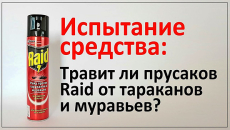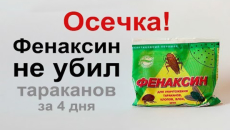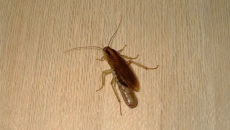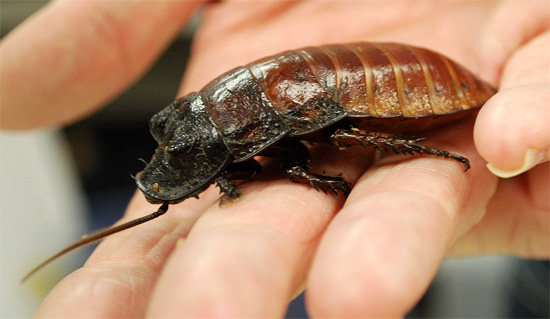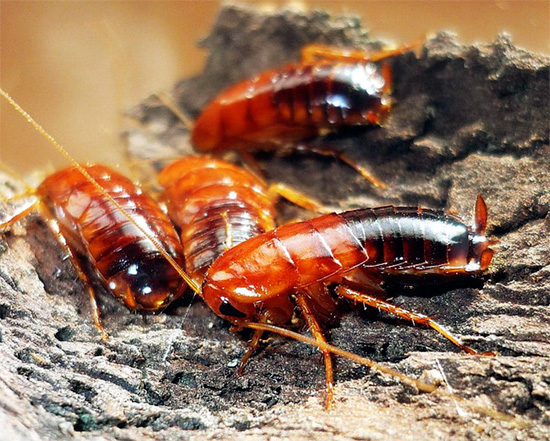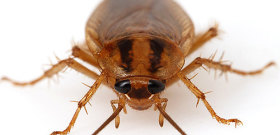
Next you will learn:
- Why are cockroaches called stasiks and where did such a nickname suddenly come from;
- How the presence of antennae in cockroaches could influence the appearance of other funny names;
- Why in Russia cockroaches are called Prussians, and in Germany - Russians;
- And also a few words about "felixes", "tanchiks", "zhevzhiks" and other names of cockroaches, including scientific ones ...
Among the people, cockroaches are far from being called only stasiks - in fact, these pests have a great many popular names. Often, nicknames for mustachioed flatmates are given based on consonance with their scientific name (Red cockroach). So, for example, “tanks”, “trams” and “saffron mushrooms” appear.
Less often, characteristic features of the structure of these insects, in particular, mustaches, are reflected in folk names. If for someone a mustachioed cockroach looks like Dzerzhinsky, then why not call them “felix”.


But in some cases, these insects are called so that even with a careful search for the source of the nickname, it is rather difficult to figure out how it came about. For example, it’s hard to say right off the bat why cockroaches are called “stasiks”. Let's see what explanations for such a nickname for cockroaches exist today ...
The history of the nickname "stasik"
For many people, the words "cockroach" and "stasik" are almost synonymous, and today there are several opinions regarding the origin of such a funny name.
One of the explanations connects the origin of this name from a popular at one time, but today "bearded" anecdote:
The hungover wolf sits, holds his head, groans. A cockroach crawls past him. The wolf in a settled voice asks him
- Who are you?
He answers:
- Cockroach...
- What is your name?
- Stasik...
The wolf with anger crushes the insect with its paw, saying:
- How bad I feel, Stasik!
However, this version does not provide a convincing explanation why cockroaches are called Stasiks in the Northern Urals, Ukraine, and even Transbaikalia. Still, the joke was not so popular ...
It is believed that cockroaches were called stasiks for their mustaches. In the old days, it was noticed that men called Stasami often wear mustaches, and therefore, for such a resemblance, they gave a nickname to their housemates. Accordingly, the mustachioed cockroach, being a small creature, was called not Stas, but Stasik.

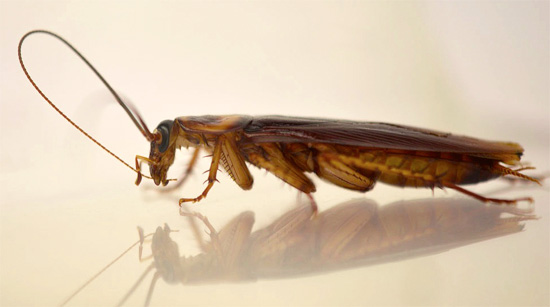
On a note
There is even a version that the cockroaches were called Stasiks because of the consonance of the name "Stas" with the obscene national designation of a man with a non-traditional sexual orientation. Say, sometimes pests in an apartment annoy the owners so much, and it’s so difficult to get rid of them that they call them such a dissonant term in their hearts. And then, in front of children, they can no longer afford to repeat such disgusting things, and therefore they say "Stas". And being in a good mood, when the insect no longer seems such a big problem, a person calls him more affectionately - Stasik.
This version, by the way, is confirmed by the fact that in some Ukrainian cities and in the south of Russia, pubic lice are also called “stasiks”. In the navy and in places of deprivation of liberty, it was believed that it was through homosexual contacts that people most often become infected with these parasites, and therefore they called them at first obscenely, then more politically correct “stass”, and then quite affectionately “stasiks”. And in the future, other synanthropic insects began to be called the same.

By the way, the cockroach mustache explains the origin of the nickname "stasik" in a different way. The fact is that in different languages the translation of the word "mustache" is quite consonant with such a nickname:
- the English word "mustache" has the ending "-stach";
- the Italian "mustacchi" ends in "-stachi";
- French "mostaccio" - and does sound like "mostassio".
And further: But the Reid aerosol really works - cockroaches die quickly. Watch our video...
All of these words are derived from the Greek "mustak" (and Ancient Greek μύσταξ), which means "moustache".
In general, of course, it’s hard to imagine that some not particularly literate reader translated the word “antennae” in the wrong transcription, called them cockroaches, and people have already picked up this newly invented cockroach nickname. Although - as a variant of origin - such a version must also be kept in mind.

In fact, most likely, several reasons are to blame for the origin of this name. Marine and prison folklore and the specificity of obscene expressions formed the basis of the anecdote, and it has already spread among the people and has become the direct cause of the appearance of the commonly used cockroach nickname. And armchair scientists then began to search and found additional confirmation in dictionaries and transcriptions.
Whiskers of cockroaches and their connection with nicknames
By the way, the mustache of cockroaches became the reason for the appearance of other names in them.
For example, the name "Felix" is explained by the similarity of the antennae of cockroaches and the famous facial hair of the chief Chekist of post-revolutionary Russia, Felix Dzerzhinsky.
However, linguists, again, have their own explanations on this matter:
- in Latin, felleus means bilious, and ordinary Prussians could well have been called this word by lovers of fine literature even in post-Petrine Russia; from "felleus" to "Felix" - one step of a batman or servant;
- in German, a mustache is Schnurrbart, and certain Russified Germans could well call insects Schurbarts, and the peasants who communicated with them adopted their habit and, for simplicity, remade the nickname into Shurikov.
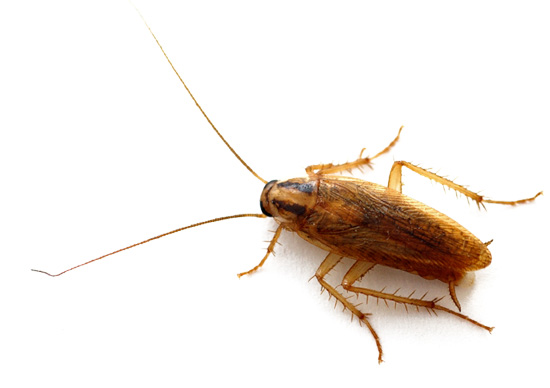
However, again, such versions are not sufficiently substantiated, and can only be considered as additional ones.As a rule, literate people who know that a cockroach needs a mustache to survive, because with their help it touches, smells, and even hears to a certain extent, do not draw parallels between the mustache of insects (they are also called antennas) and the mustache of people. But only such educated people could know foreign languages \u200b\u200band use them in everyday life on a par with Russian, so that the nickname of the pest was fixed.
So a Prussian or still a Rusak?
Another interesting nuance that influenced the names of red cockroaches is associated with versions about their original homeland.
The well-known name of ordinary red cockroaches - "Prussians" - is due to the fact that the main invasion of these mustachioed insects in Russia began in the era of the Napoleonic Wars, when Prussian soldiers captured and then left many cities and villages in the European part of the country. The people got the impression that it was with the Prussian soldiers that small pests also came, behind which this shortened nickname - the Prussian was assigned.


At the same time, a symmetrical situation arose in Prussia itself, in which Russian troops regularly rolled in at the same time. And here the red cockroach bred in huge quantities, and here the local population decided that the insects had come to them with Russian soldiers, and called this species the rusak cockroach. A similar situation took place in the Balkans, where red cockroaches are called "Russian beetles" (Bubarus).
However, officially in Latin, the red cockroach is called Blattella germanica - "German cockroach"; that is, Karl Linnaeus back in 1767 was in solidarity with the Russian peasants, believing that it was Germany that was the source of the creeping pests, which can be so difficult to get rid of.
It is interesting
In the eastern part of Germany, the red cockroach is called "Russian", and in the western part - "French". So the residents blamed their closest neighbors for infecting the country with this pest.
Interestingly, even today, apartment residents, when they find cockroaches in their premises, often begin to look askance at their neighbors.
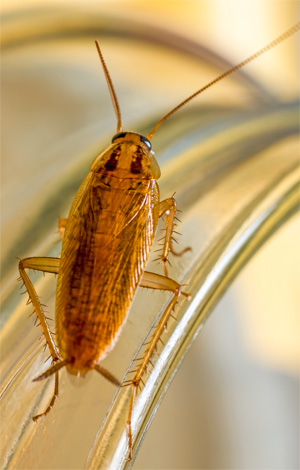
It is clear that neither the Russian nor the Prussian versions reflect the actual state of affairs with a high probability. The common red cockroach entered both Europe and Russia at about the same time, and this happened much earlier than it had common names.
The point here is that large-scale military operations simply coincided in time with a surge in the population of cockroaches both in Europe and in Russia - it was during this period that the common cockroach began to crowd out its black relatives (Blatta orientalis). People took the cockroach invasion as a consequence of the war, and they themselves - for the companions of the invaders.
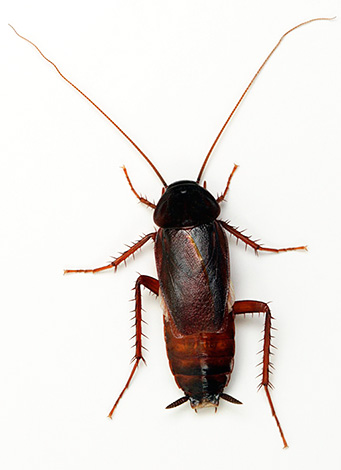
However, it is because of the location of their supposed homeland that other types of cockroaches have received their names.
What is another name for cockroaches in different countries?
Having a longer history of interaction with humans, the black cockroach is scientifically called the oriental cockroach. In its Latin name - Blatta orientalis - the word blatta means cockroach, orientalis - oriental.

But in Germany and Serbia, the same black cockroach is called German. Its exact name in Serbia is bubasvaba, which translates as "German beetle", although it entered Germany from Asia.
There are other names that speak of the actual or supposed homeland of insects:
- American cockroach. This name is inherently incorrect: the insect really began to penetrate into Europe from America, but it also came to America itself during the period of colonial wars from Africa on ships with slaves;

- Madagascar cockroach, really found in nature only in Madagascar;

- Turkmen cockroach living in Central Asia;

- Lapland cockroach, distributed mainly in Scandinavia;

- The Australian giant cockroach is, as the name implies, from Australia.
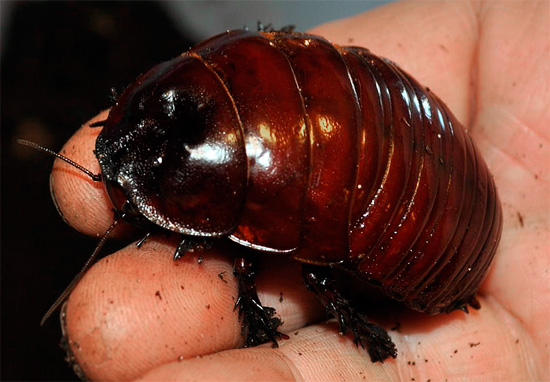
However, these are only the official names of these insects. In common parlance, domestic mustachioed pests in Russia alone are called very differently (in addition to the options already discussed above):
- "Tanks" - simply because of the consonance of words;
- "trams" - for the same reason;
- "zhevzhikami" - the etymology of this name is not known.
The very same word "cockroaches" has, most likely, Turkic roots. It was the inhabitants of the ancient Kazakh steppes who called these insects "kara-khan", which translates as "black master". But there are other versions. For example, in the Chuvash language tar-agan (tar-aqan) means "the one who runs away", which is very similar to the behavior of cockroaches when there is a minimal threat to them.

With foreign names for cockroaches, everything is easier. The Latin word blatta comes from the Doric and Ionic Greek, which translates precisely as "cockroach". The English cockroach comes from the Spanish cucaracha (cucaracha), which was originally called wood lice, and only later - banana cockroaches.
Original scientific names for cockroaches
There are also interesting and at the same time quite scientific names for some other types of cockroaches.
For example, the Death's Head cockroach is so named for the original black pattern on light gray, almost white wings.
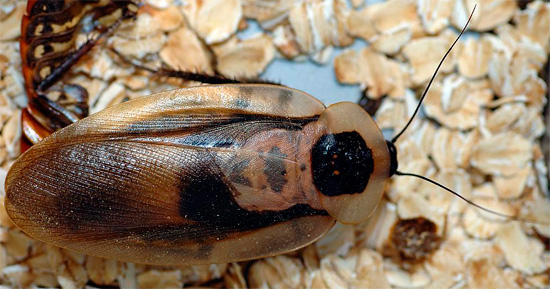
Another cockroach is called a rhinoceros for its characteristic outgrowth on the anterior cephalothorax.
There are also car cockroaches, which got their name for two bright green spots on the cephalothorax, with which they scare away enemies. These spots, even with a modest imagination, are quite similar to the headlights of a car, and therefore the name of the insect was not long in coming.
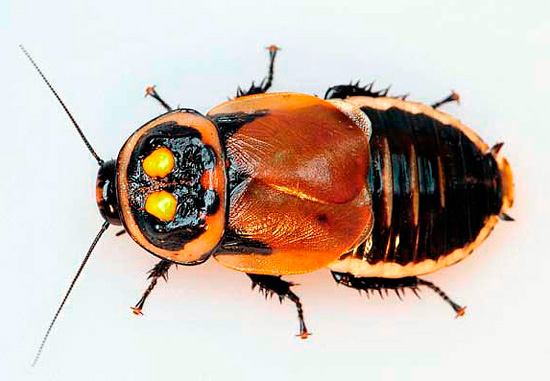
In general, among cockroaches there are many species with speaking names. These are ashen cockroaches with gray wings, and banana cockroaches that inhabit banana plantations and are found in abundance among banana bunches, and furniture cockroaches that settle closer to wooden structures indoors ...
But no other species has so many nicknames that simple indoor insects have.
Be that as it may, whether the antennae are “guilty” or the place of origin, as long as the cockroach lives “hand in hand” with a person, he will not succeed in getting rid of various nicknames (and even, perhaps, the appearance of new ones) ...
Interesting video: Madagascar cockroach "gives birth" to a huge number of small white cockroaches





